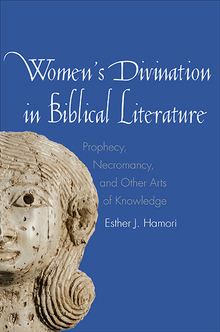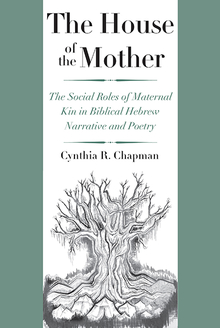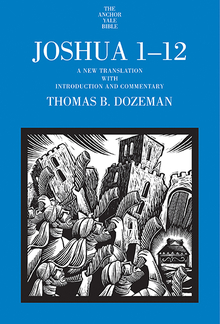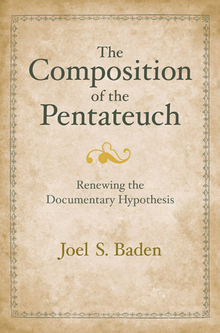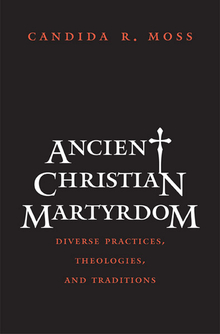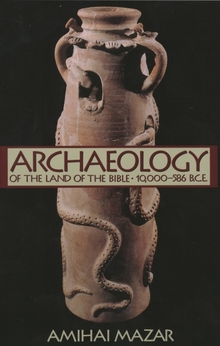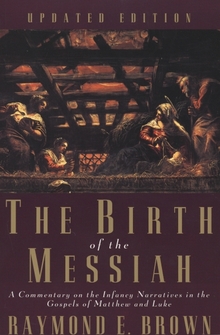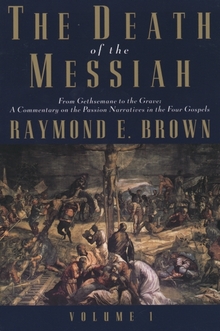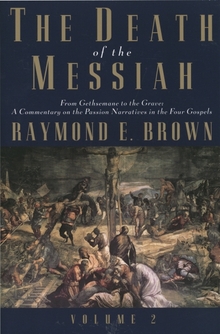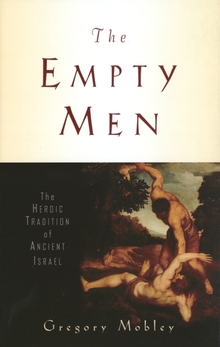Women's Divination in Biblical Literature
WARNING
You are viewing an older version of the Yalebooks website. Please visit out new website with more updated information and a better user experience: https://www.yalebooks.com
Prophecy, Necromancy, and Other Arts of Knowledge
Esther J. Hamori
Divination, the use of special talents and techniques to gain divine knowledge, was practiced in many different forms in ancient Israel and throughout the ancient world. The Hebrew Bible reveals a variety of traditions of women associated with divination. This sensitive and incisive book by respected scholar Esther J. Hamori examines the wide scope of women’s divinatory activities as portrayed in the Hebrew texts, offering readers a new appreciation of the surprising breadth of women’s “arts of knowledge” in biblical times. Unlike earlier approaches to the subject that have viewed prophecy separately from other forms of divination, Hamori’s study encompasses the full range of divinatory practices and the personages who performed them, from the female prophets and the medium of En-dor to the matriarch who interprets a birth omen and the “wise women” of Tekoa and Abel and more. In doing so, the author brings into clearer focus the complex, rich, and diverse world of ancient Israelite divination.
Esther J. Hamori is associate professor of Hebrew Bible at Union Theological Seminary. Her publications include a book on divine anthropomorphism, “When Gods Were Men”: The Embodied God in Biblical and Near Eastern Literature. She lives in New York, NY.
“This first comprehensive scholarly study of the role that ancient Israelite women played in facilitating communication between the human and divine worlds offers penetrating and original insights. A solid and judicious study, it will become required reading in the field of biblical interpretation.”—Robert R. Wilson, Yale University
"In this first comprehensive study of all female diviners in the Hebrew Bible, Dr. Esther Hamori acknowledges the whole spectrum of ways ancient women were believed to have access to divine knowledge, providing refreshing new perspectives on female figures often ignored by researchers and readers. Her book is essential for everyone doing research on divination in the Hebrew Bible and women’s agency in the ancient world."— Martti Nissinen, University of Helsinki
"Esther Hamori’s book on women’s divination in biblical literature fills an important gap. It makes a significant contribution to the academic field while also providing a thought-provoking, academically-responsible and much needed account for students and educated lay readers who are thirsty for knowledge in these areas. This volume will be widely read by multiple audiences."—Ehud Ben Zvi, University of Alberta
"Hamori offers astute theoretical correctives to the ways in which women who were skilled in the divinatory arts are often misconstrued. Her provocative analysis is a requisite read for anyone who wants to understand the full spectrum of women’s acquisition of privileged divine knowledge."—Theodore J. Lewis, Johns Hopkins University
“Esther Hamori brings divination to life as something fundamental to the world views of the biblical authors. With considerable erudition and with great and penetrating discernment, she shows how complex divination was in the Hebrew Bible and how varied the biblical attitudes toward it were. Hamori’s fascinating and model analysis will have ramifications for many other fields of study.”— Peter Machinist, Harvard University
“[Hamori’s work is] sensitive, compelling, and thought provoking. This volume will be a wonderful resource in both teaching and research, and the standard reference on women’s divinatory practices in the Hebrew Bible for some time to come.”—Jacqueline E. Lapsley, Association for Jewish Studies
“Hamori’s study makes a valuable contribution to our evolving understanding of the complexity of women’s religious beliefs and divinatory practices.”—Cynthia R. Chapman, Interpretation
ISBN: 9780300178913
Publication Date: April 28, 2015
Publication Date: April 28, 2015
288 pages, 6 1/8 x 9 1/4

